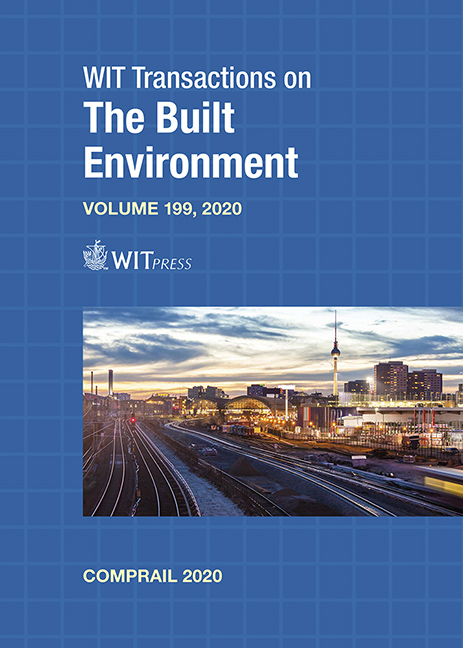TRAFFIC FLOW ANALYSIS CONSIDERING THE EFFECTS OF FEATURES OF LEVEL CROSSING AND ROAD PASSERS
Price
Free (open access)
Transaction
Volume
199
Pages
12
Page Range
303 - 314
Published
2020
Paper DOI
10.2495/CR200281
Copyright
WIT Press
Author(s)
SHINGO NAKAGAWA
Abstract
At level crossings in urban area where trains and cars pass frequently, traffic jams are sometimes social issues. One way to improve this situation is to control and shorten the warning time of a level crossing by controlling train running. So far, several methods based on this idea have been proposed, however most of them aimed at shortening the active warning time, and they do not fully take into account the effect on the road traffic flow. On the basis of this situation, a traffic flow simulator has been developed which can consider the behavior of road passers including cars, bicycles and pedestrians within a level crossing area. The simulator can especially consider interaction among the road passers at a crowded level crossing, such as mutual avoidance behaviors. With this simulator, we conduct experimental calculations to evaluate how the traffic flow varies with factors, such as the size of the level crossing, active time of the warning bell and numbers and speed of road passers. This paper analyzes the results of the calculations and quantifies how the active warning time and the number of bicycles and pedestrians affect the car traffic capacity.
Keywords
level crossing, timetable, traffic capacity, avoidance behavior, experimental calculation





